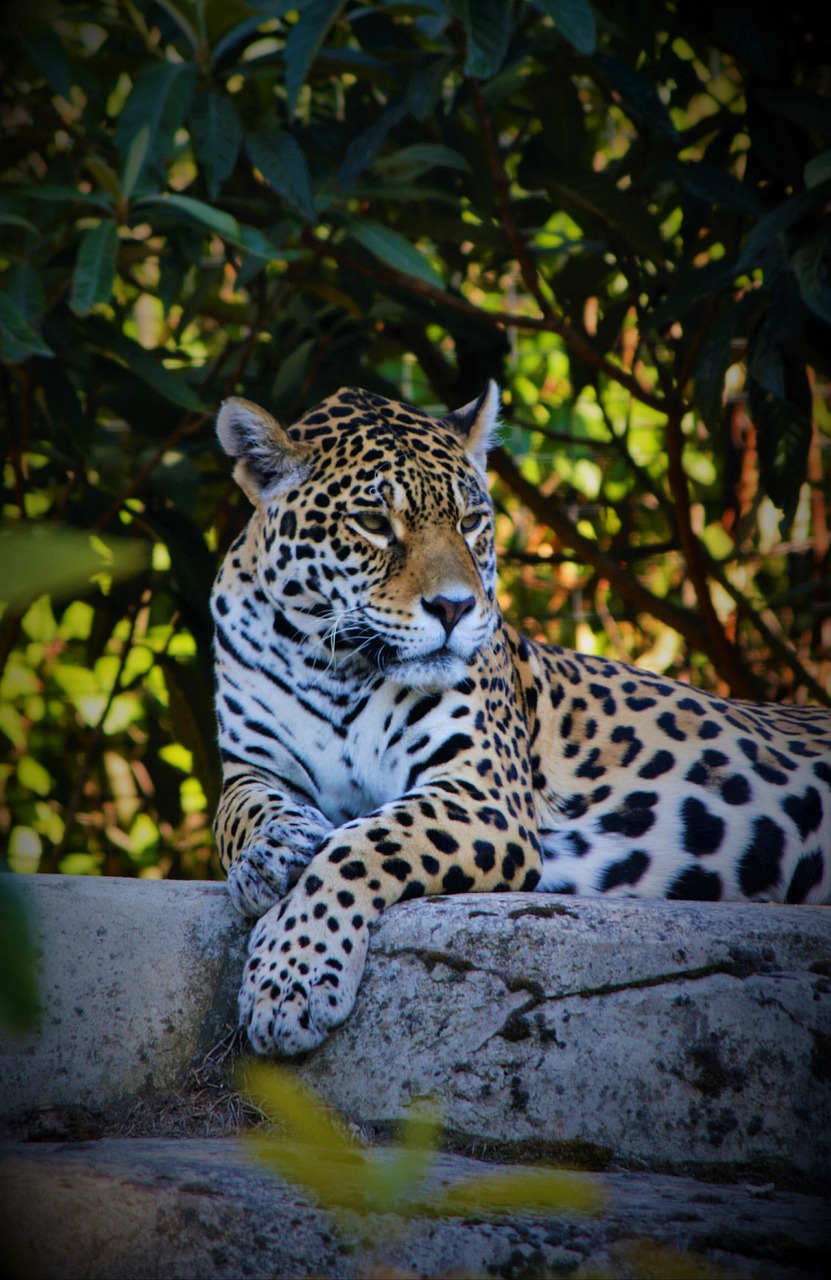The Interconnected Habitats of Jaguars in Tulum
Tulum, located on the Caribbean coast of Mexico’s Yucatán Peninsula, is renowned for its stunning beaches and rich cultural history. However, its ecological significance, particularly as a habitat for the jaguar (Panthera onca), is equally profound. These magnificent creatures are a keystone species in this region, and understanding the interconnected habitats they thrive in helps in appreciating the delicate balance of the ecosystem.
The Significance of the Jaguar
Jaguars are the largest cats in the Americas and play a critical role as apex predators in maintaining the health of ecosystems. By regulating prey populations, they help maintain the biodiversity that is essential for the stability of their habitats. In Tulum, the presence of jaguars indicates a healthy environment, which also supports a variety of other species.
Tropical Rainforests
One of the primary habitats of jaguars in Tulum is the tropical rainforest. This ecosystem is characterized by dense vegetation, high rainfall, and a diverse range of flora and fauna. The rainforests provide jaguars with ample cover for stalking prey, which primarily includes deer, peccaries, and various smaller mammals.
The vibrant plant life in the rainforest not only serves as a source of food and shelter but also participates in the larger ecological web. Trees provide climbing opportunities for jaguars and other species, facilitating a complex interspecies relationship that promotes biodiversity. The dense understory offers protection for young animals and is crucial for the growth of numerous plant species that are vital for the area’s ecosystem.
Mangroves and Coastal Areas
In addition to rainforests, mangrove forests along the coastline of Tulum represent another crucial habitat for jaguars. These unique ecosystems serve as a critical nursery for marine life and provide several ecological functions, including coastal protection and carbon storage. For jaguars, mangroves serve as essential hunting grounds, where they can prey on fish, birds, and reptiles.
The intertidal zones found in these regions offer a unique foraging opportunity; jaguars are known to swim and hunt in waters, showcasing their adaptability and versatility in maintaining their dietary needs. Furthermore, the health of mangrove ecosystems is pivotal for the overall ecological integrity of coastal towns like Tulum, drawing a direct connection between jaguar conservation and local human communities.
Cenotes and Freshwater Systems
Cenotes—natural sinkholes filled with freshwater—are abundant in the Yucatán Peninsula and contribute to the interconnected habitats of jaguars. These freshwater systems are vital for maintaining local biodiversity and provide a source of water for jaguars and other wildlife.
Cenotes create unique microhabitats that support diverse flora and fauna, acting as oases in the surrounding ecosystems. Jaguars are often spotted near these areas, especially during dry periods, where they go for hydration and hunt various prey species that also come to drink. The ecological role of cenotes emphasizes the importance of water sources in maintaining healthy wildlife populations.
The Diverse Prey Base
The habitat interconnectivity in Tulum is further exhibited through the diverse prey species available in the region. Jaguars are opportunistic hunters and their diet includes a variety of animals, from mammals like deer and capybaras to reptiles such as iguanas and turtles. The abundance of prey species is a direct consequence of the health of their ecosystems, which are interconnected through food webs and resource availability.
Habitat fragmentation, which can arise from agriculture and development, poses significant threats by reducing prey populations and limiting the ranges that jaguars can roam. By ensuring that the habitats are preserved through conservation efforts, the balance of predator and prey is maintained, directly benefiting both jaguars and the overall ecological health of Tulum.
Conservation Challenges
Despite the ecological significance of Tulum’s jaguar habitats, ongoing challenges threaten their existence. Urban development, agricultural encroachment, and poaching are prominent threats that have led to habitat fragmentation and population decline. Solutions require a cohesive approach involving local communities, government agencies, and conservation organizations.
Establishing wildlife corridors is one means to mitigate the effects of habitat fragmentation. These corridors help to connect isolated populations, allowing jaguars to roam freely in search of food and mates. Education campaigns focused on the importance of jaguars and their ecosystems can also empower local communities to become stewards of their environment.
Ecotourism and Its Role
Ecotourism has emerged as a vital tool in the conservation of jaguars in Tulum. By promoting responsible travel practices that emphasize the protection of natural habitats, ecotourism provides economic incentives to preserve these ecosystems. Tourists flock to Tulum not only for its spectacular beaches and ancient ruins but also for opportunities to spot wildlife, including jaguars in their natural habitats.
By fostering an appreciation for biodiversity, ecotourism contributes to the sustainable management of local resources. Revenue generated from ecotourism can be reinvested into conservation efforts, education, and community development projects that support the protection of jaguar habitats.
The Role of Indigenous Knowledge
Indigenous communities in the Tulum region possess invaluable traditional ecological knowledge that can enhance modern conservation efforts. Their deep understanding of local ecosystems and species behavior makes them key partners in conservation initiatives. Engaging indigenous peoples in collaboration ensures that conservation strategies are culturally appropriate and effective.
Moreover, traditional practices often align with contemporary sustainable practices. Recognizing and integrating this knowledge can help create more resilient ecosystems capable of adapting to environmental changes.
Conclusion
The interconnected habitats of jaguars in Tulum illustrate the complex and delicate balance of ecosystems. From tropical rainforests to mangroves and cenotes, each element plays a critical role in supporting not only the jaguar population but the broader biodiversity of the region. Understanding, preserving, and promoting these habitats is essential for fostering sustainable coexistence between humans and wildlife in Tulum, ensuring the survival of this iconic species for generations to come. These efforts require ongoing collaboration among all stakeholders, from local communities to conservation organizations, illustrating a shared commitment to protecting the rich ecological tapestry of Tulum.







